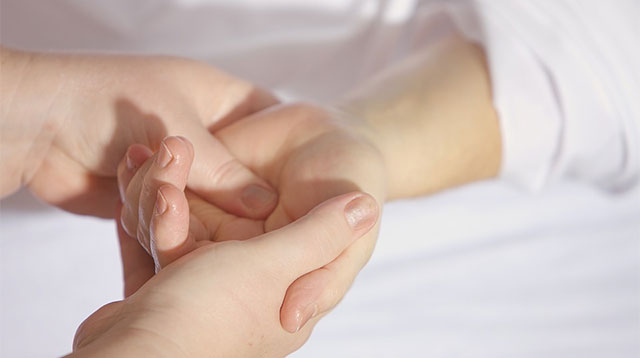Side Effects Of Cracking Joints
Neck grinding or cracking produces a crackling sound similar to what we hear when some people twist their knuckles to reduce stress. Some men do this on purpose by twisting and turning the neck after getting out of bed or from any prolonged position. The cracking sound may be accompanied by a pop and this may bring some relief. Others also crack their lower back, toes, and ankles. Many people do these habitually and unknowingly, and although it may be relaxing, it may also be harmful. Causes of Neck Cracking The neck is made up of seven cervical bones called vertebrae that are supported by muscles, ligaments, and tendons. These provide mobility and support to the head and neck, allowing us to bend, twist, and move without stress. Viaggio Intorno Alla Mia Camera Ebook Library on this page.


In fact, knuckle cracking might actually cause temporary relief in joint pain and reduce symptoms of arthritis, hence the popularity of such crack-ups among chiropractors Knuckle Cracking and Hand Osteoarthritis. DeWeber, K., Olszewski, M., and Ortolano, R. Department of Family Medicine, Uniformed Services University of the Health.
However, persistent stress can cause the neck to produce a cracking sound when twisted. Generally, this may be harmless, but if your neck cracks and feels pain, you must consider seeking medical consultation. Cavitation A thick fluid (synovial fluid) surrounds each of the seven neck joints, providing lubrication to facilitate their movements. Driver 2 Psx Highly Compressed.
Manuale Router Huawei Hg530. This fluid contains nitrogen and carbon dioxide gas, which can form bubbles. Moving the neck joints can increase pressure in the bubbles, causing popping, or bursting of these bubbles. This process, called cavitation, is heard as a cracking sound, and is the leading cause of cracking. Ligaments factor Ligaments support a joint where two or more bones meet, providing mobility to the joint. Bones may have some projections that are raised where ligaments can get stuck and are let loose when moving the neck.
When there is a slippage of ligaments from the surface of a bone projection, neck cracking will occur. Joint problem Diseases like osteoporosis and arthritis may be characterized by joint roughening. These conditions lead to degenerative bone changes in the neck that cause cracking when moved. Cervical osteoarthritis (also called cervical spondylosis) develops as people age.
After the age of 50, the spongy discs between the cervical vertebrae degenerate and lose their ability to provide a natural cushion between the bones. As the cervical vertebrae and their ligaments become thicker, they encroach onto the space between the bones, making the space become smaller. This results in neck stiffness and pain, and also leads to cracking in older people. Cervical spondylosis can also be a result of poor posture. A previous neck injurymay occur in certain people who perform strenuous activities like athletes and gymnasts. The injured neck joint may experience more stress, causing neck grinding and cracking with certain movements.
Side Effects of Neck Cracking It can result in some undesirable effects, including: • Neck Pain - Neck grinding or cracking can decrease the mobility of the neck after some time. This is due to the wearing down of the cartilages surrounding the vertebrae, leading to degenerative changes characteristic of arthritis. This results in inflammation and neck pain as pressure builds up on the nerves. • Osteoarthritis - Habitual cracking places considerable stress on the neck joints, causing the ligaments to stretch excessively.